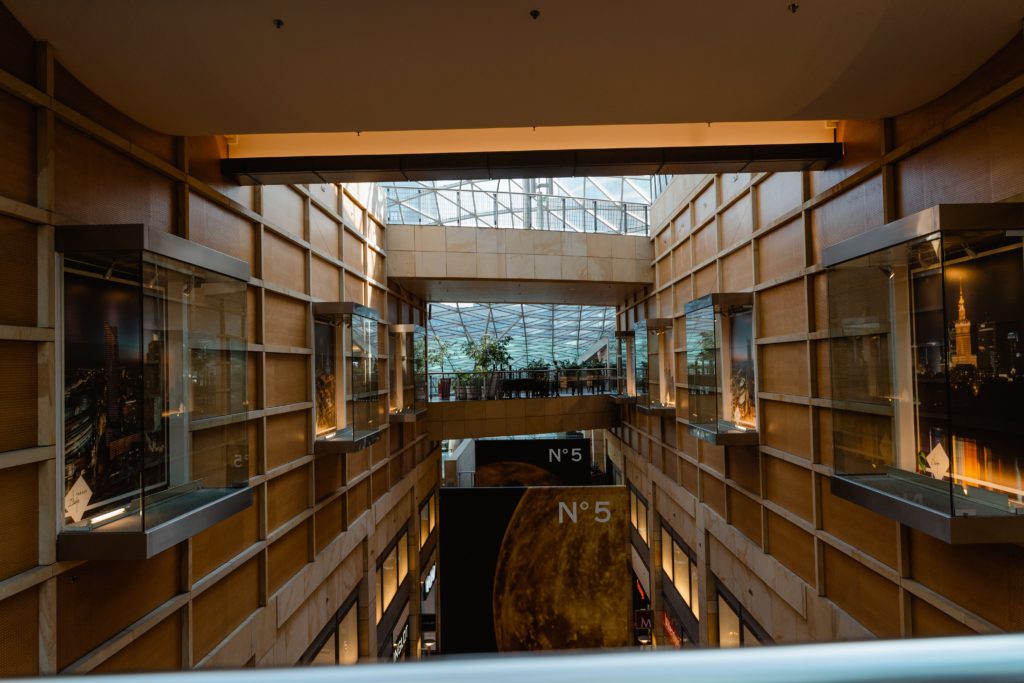In today’s world, sustainability is not just a buzzword; it’s a fundamental consideration in almost every aspect of our lives, including commercial interior design. As businesses increasingly recognize the importance of environmental responsibility, commercial interior designers play a crucial role in creating eco-friendly and sustainable workspaces. This article delves into sustainable design in commercial interiors, focusing on environmentally friendly solutions and the part of commercial office fitouts Melbourne.
The Rise of Sustainable Design
The concept of sustainability in commercial interior design goes beyond just aesthetics; it encompasses a holistic approach that considers design choices’ environmental, economic, and social impact. Commercial interior designers are at the forefront of this movement, shaping workplaces that look good and minimise their carbon footprint.
Energy Efficiency and Green Building Standards
Energy efficiency is one of the primary aspects of sustainable design in commercial interiors. Designers work to optimise natural lighting, choose energy-efficient appliances, and implement intelligent heating, ventilation, and air conditioning (HVAC) systems. These efforts reduce energy consumption and lower operational costs for businesses.
Moreover, designers adhere to green building standards and certifications like LEED (Leadership in Energy and Environmental Design) to ensure that commercial interiors meet stringent environmental criteria. Achieving such certifications demonstrates a commitment to sustainability and can enhance a company’s reputation.
Material Selection and Procurement
Commercial interior designers make careful choices when it comes to materials and furnishings. They prioritise sustainable, recycled, and locally sourced materials to reduce the environmental impact of their projects. Additionally, designers seek products with low volatile organic compound (VOC) emissions to improve indoor air quality.
In Melbourne, where commercial office fitouts are prevalent, designers often collaborate with local suppliers and artisans who prioritise eco-friendly practices. This supports the local economy and reduces the carbon footprint associated with transporting materials over long distances.
Adaptive Reuse and Upcycling
Another sustainable approach is adaptive reuse, where designers transform existing structures and materials into new functional spaces. This not only preserves the character of older buildings but also reduces the need for new construction, saving resources and energy.
Upcycling is another creative solution in sustainable design. Designers can repurpose and refurbish furniture and fixtures, giving them a second life and diverting waste from landfills.

Biophilic Design for Well-being
Biophilic design, which incorporates natural elements into interior spaces, is gaining popularity in sustainable commercial interiors. Features like living walls, indoor plants, and natural materials enhance aesthetics and promote employee well-being and productivity.
Biophilic design is especially relevant in Melbourne, known for its appreciation of green spaces and outdoor living. Commercial office fitouts often include elements that connect occupants to nature, contributing to a healthier and more enjoyable workplace.
Waste Reduction and Recycling Programs
Sustainable design in commercial interiors extends beyond the design phase. Designers work with businesses to implement waste reduction and recycling programs within the workspace. These programs encourage responsible disposal of materials and reduce the environmental impact of daily operations.
Energy-Efficient Lighting and Technology Integration
Energy-efficient lighting is a key component of sustainable commercial interior design. Designers leverage the latest lighting technologies, such as LED fixtures and smart lighting controls, to reduce energy consumption while maintaining optimal illumination levels.
Furthermore, technology integration plays a role in sustainability. Commercial interior designers in Melbourne often consider integrating intelligent building systems that can monitor and optimise energy usage, leading to significant long-term energy savings.
The Role of Commercial Office Fitouts in Melbourne
Melbourne, a vibrant and forward-thinking city, is at the forefront of sustainable commercial interior design. The city’s commercial office fitouts are known for their innovative approach to sustainability.
Commercial office fitout companies in Melbourne collaborate closely with designers to ensure that sustainable practices are integrated into every aspect of the project. From using eco-friendly materials to implementing energy-efficient HVAC systems, these fitouts strive to create environmentally responsible and aesthetically pleasing workplaces.
Benefits of Sustainable Design in Commercial Interiors
Sustainable design in commercial interiors offers numerous benefits. Beyond the positive impact on the environment, it can result in cost savings through reduced energy consumption and operational expenses. Sustainable workplaces are often more attractive to employees and clients, enhancing a company’s reputation and potentially increasing productivity.
Sustainable design in commercial interiors is not just a trend; it’s necessary in today’s environmentally conscious world. Commercial interior designers, especially in a city like Melbourne, play a pivotal role in creating eco-friendly and aesthetically pleasing workspaces.
By prioritising energy efficiency, responsible material selection, and innovative approaches like biophilic design, Melbourne’s designers and commercial office fitout companies are driving sustainability forward. As businesses increasingly recognize the importance of sustainable design, we can expect to see more environmentally friendly and socially responsible workplaces taking shape, not only in Melbourne but around the world. These sustainable commercial interiors represent a positive step toward a more eco-conscious future.

